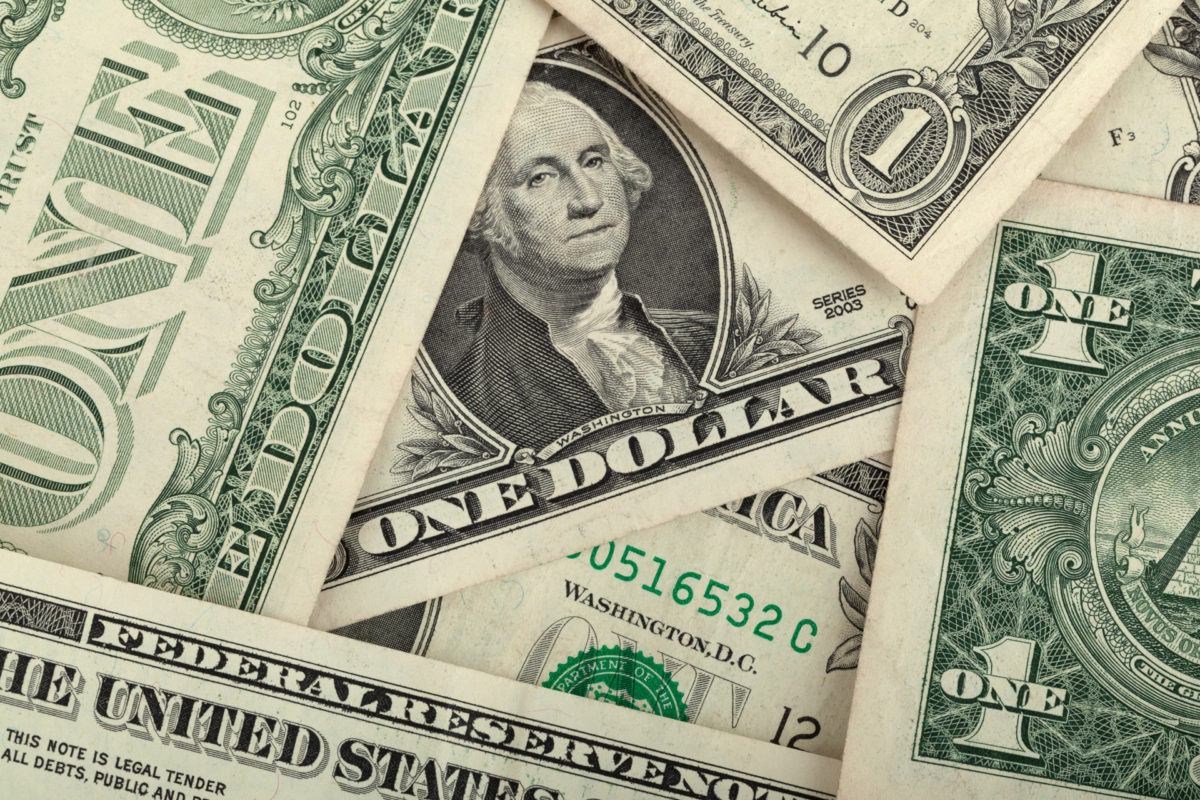Do you remember the time when you had to pay $50 for a game in the store? And the price did not change much even after a long time. How things have changed since then. Ever since games are available in fully digital form on platforms such as Steam, prices have gone down a lot (even though they often still start out as expensive as in the past). How is it possible that games have become so much cheaper? Does the gaming industry simply make less profit? This is possible, but not necessarily the case. The answer lies in the fact that games are an information good, which means that while it is very expensive to produce the first copy, creating more copies is relatively cheap. So the more copies you manage to sell, the smaller your total cost per copy is (because the production cost is spread out over more products). In other words: to maximize your profit as a game developer, you want to sell as many copies as possible, even if this means reducing your price. Now, keeping this in mind, let us consider the concept of price discrimination: each individual has a willingness to pay for a particular product. Some people might be willing to pay $50 to get a game as soon as it is released. However, other people may only want buy that same game for $1. Ideally, you’d offer the game to the one person for $50 and for $1 to the other. However, if the game is sold in a store, you cannot differentiate the price, which is why in the past the only way to discriminate prices for certain groups of individuals was by changing the price over time, so that those with a lower willingness to pay would wait until the price dropped. But even then, putting a game in a store is obviously more expensive than selling a digital, downloadable version online, such as what Steam offers.
This is all very interesting of course, and a very happy development for all gamers, but this is not the phenomenon that I wanted to talk about. I’d like instead to point out another website that sells games: Humble Bundle. They have a very interesting business model where they have extended this idea of willingness to pay and combined it with the idea of bundles. What Humble Bundle does is they create a bundle of games and offer it for about a week. Now what is special is that you can pay what you want! In fact, you could get many of the games they offer for free (although you must pay at least $1 to get Steam keys, allowing you to download the games in Steam). What’s more: you can choose where your money goes. By default, part of it goes to each game developer, part goes to Humble Bundle itself and part goes to charity. But you can customize this any way you want, choosing not to give anything to Humble Bundle, or giving everything to a charity. In this way, you have the possibility to support the developers of the games that you really like. So why does this concept even work? If you are giving away games for free, how can you possibly make a profit? Well, obviously most people choose to pay a little bit, either to get access to the games on Steam or to ease their consciousness. In addition, Humble Bundle smartly gives an incentive to pay more by allowing you to ‘upgrade’ your bundle by paying more, meaning that other (usually more recent or more popular) games are added. This works because, as mentioned earlier, the Humble Bundle system allows great personalization, thus making it possible to make maximum use of each individual’s willingness to pay (and some people do in fact pay over $50 for a bundle). In addition, the idea of making bundles is very smart. People will feel that the total value is more, even if they only end up playing one game in the bundle. After all, it is easier to motivate someone to buy that one game that they want for $15 even though their willingness to pay was $10, since they get that other game that they were kind of interested in as well. Not to mention that a great way to sell unpopular games is by combining them with more popular games. Even if people can choose where their money goes, they likely won’t often choose to give nothing at all to a particular company.
All in all, I believe Humble Bundle’s business model is very smart, and while it may at first seem counter-intuitive, it likely leads to quite a bit of profit for game developers. In addition, they have executed this idea, that can be brought back to various economic theories, in a really good way. I hope they will continue to experiment and find new ways to make both consumers and developers happy. Now go celebrate this great development by treating yourself to a bundle of games – for whatever you’re willing to pay!



